These are the very Scriptures that
testify about me. (John 5:39)
The simple truth that all of the Scriptures Old Testament and New Testament testify about Jesus seems to be often overlooked. For modern readers, the picture of Christ in the Old Testament can be obscured by veritable whiteout conditions of chronological, sacrificial, architectural, geographical, and genealogical details, so that all that can be made out after spending some time in the snowstorm is a mound of white where the car used to be. To an admittedly lesser degree, the problem exists for the New Testament as well. Names of apostles and disciples, travelogues, letters to forgotten churches in obscure locales regarding confusing theological issues all of this can seem like so many differently shaped jigsaw pieces without a picture on the box to help us to put it all together. This book is intended to help believers make out the picture on the box. And it is a picture of Jesus.
Reading the Bible through the Jesus lens is reading it the way it was intended. It keeps our reading, understanding, teaching, and preaching properly focused on Gods grand redemptive program that centers on his own Son. Seeing how each biblical book makes its own unique contribution to that redemptive focus enables us to use these diverse materials with much more confidence and accuracy. The Jesus lens ensures that our exegetical bowling balls stay within the lane and dont go crashing over into areas where they can cause a lot of damage to the faith of believers and to our ability to use the Bible fruitfully in our service to God.
I hope I have avoided the usual dry, data-intensive introduction to the Bible in which dusty details of disparate documents are examined in an academically detached fashion apart from any apparent relatedness to Christ or contemporary life. Rather, the goal of this book is parallel to that of Christ for the disciples he joined up with on the road to Emmaus: Beginning with Moses and all the Prophets, he explained to them what was said in all the Scriptures concerning himself (Luke 24:27).
To accomplish this purpose in a book that one doesnt need a wheelbarrow to carry around, the chapters are brief and similarly structured. In each one, I present the overarching theme of each biblical book along with a discussion of how that theme ultimately finds its focus in Jesus Christ. I then explore how this focus in Christ is subsequently elaborated upon in the New Testament. Finally, I consider what that fulfillment in Christ must necessarily entail for believers, who are being conformed to his likeness, along with ways to communicate those entailments to others effectively. By means of these considerations I hope to help brothers and sisters in the faith grow in their awareness of how all of Scripture finds its focus in Jesus Christ and so help them to root their Christian life, theological discussions, and evangelical witness in the one who is our life (Colossians 3:4).
Below are some resources that have influenced my own thinking along these lines. I recommend these books to those who wish to explore the details of the biblical books more deeply.
Arnold, Bill T., and Bryan E. Beyer. Encountering the Old Testament. Second edition. Grand Rapids: Baker Academic, 2008.
Elwell, Walter A., and Robert W. Yarbrough. Encountering the New Testament. Second edition. Grand Rapids: Baker Academic, 2005.
Fee, Gordon D., and Douglas Stuart. How to Read the Bible Book by Book. Grand Rapids: Zondervan, 2002.
Fee, Gordon D., and Douglas Stuart. How to Read the Bible for All Its Worth. Second edition. Grand Rapids: Zondervan, 2003.
The NIV Student Bible. Grand Rapids: Zondervan, 2002.
TNIV Study Bible. Grand Rapids: Zondervan, 2006.
Walton, John, et al. The Essential Bible Companion. Grand Rapids: Zondervan, 2006.
Available spring of 2012! The course from which this book arose will be available online to visitors at https://www.calvinseminary.edu/continuingEd/openCourses.php. Enjoy a video presentation of the details of each biblical book with music, images, author narration, and in-depth analysis.
I must thank several people who enabled me to complete this project before the events recounted in the book of Revelation transpired. John Rottman gave me many practical insights from his homiletical perspective. Ronald Feenstra ensured that my theology was well within the pale. Barbara Blackmore parted the sea of papers on her desk to give this book a priority read and to keep me from drifting into academic-speak. Nielsen Tomazini provided wonderful technical assistance and is largely responsible for the electronic flashcards that accompany this book. My students at Calvin Theological Seminary gave me a lot of feedback, much of it proving useful. Paul DeVries, my pastor, audited the course in which this material was presented and shared his ideas over several lunches with me while also leading our congregation through the book. Katya Covrett, my editor at Zondervan, made the mechanics painless.
The greatest thanks goes to Dawn, my amazing wife, who encouraged, supported, gently corrected, and participated in the process at every point. Although the last sentence applies most pertinently to my efforts with this book, it applies as well to my life in general. Of course, should anyone take issue with the book or my life at any point, it is precisely there, no doubt, that I have departed from my wifes advice.
Michael Williams
1 GENESIS
Separation for Blessing
The Bible begins with a book that takes us all the way from the murky recesses of the distant past to a populated world whose future revolves around the fate of one family group. How are we supposed to get our minds around all of this information? Why did God bother to communicate these details to us? What are we supposed to take away from all this that has anything to do with our lives today? We can begin to answer these questions by looking through the Jesus lens at this book whose very name means beginning or origin. This is an appropriate name because the book of Genesis describes the genesis of life, and the genesis of a long divine program to restore that life to its fullness in Christ following the genesis of sin.
 Theme of the Book
Theme of the BookGod separates out one through whom he would bless all nations.
From the beginning of creation in the opening chapters through the millennia of conflict and struggle after the fall, Gods activity in Genesis can be summarized by the word separating. God separates:
light from darkness (1:4)
the waters in the heavens from the waters on the earth (1:6)
dry ground from seas (1:9 10)
animate life in the sea and on land from inanimate vegetable life (1:11 12, 20 25)
human beings from animals (1:26 28)
the line of Seth from Adam and Eves other children (5:3 32)
the line of Noah from other people (6:9 14)
the line of Noahs son Shem from Noahs other children (9:25 27)
the line of Abraham from all other people (12:1 3)

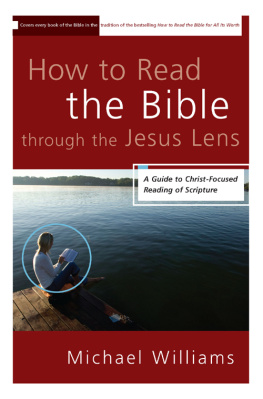


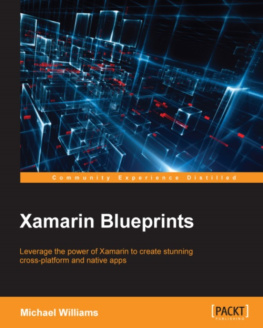


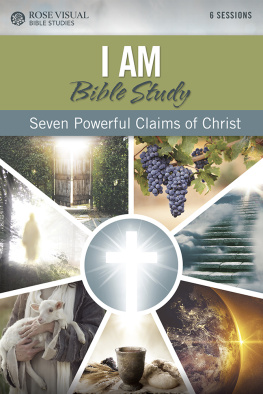

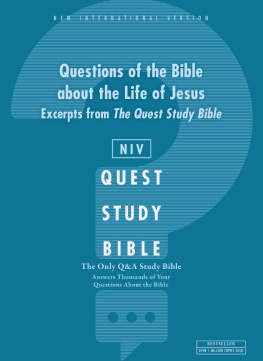

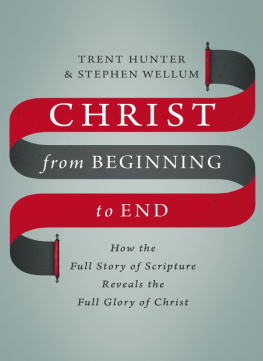
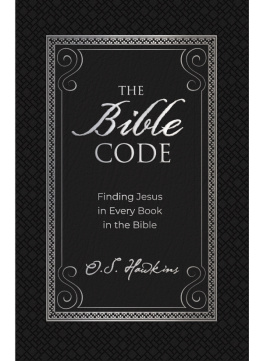
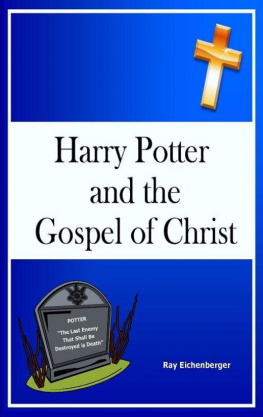


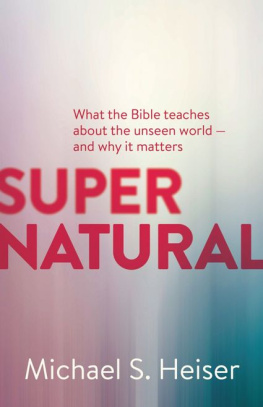
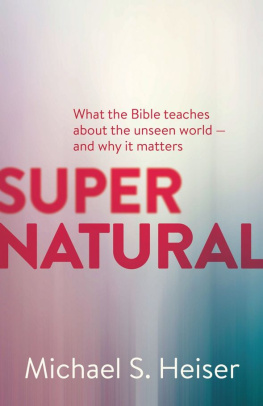

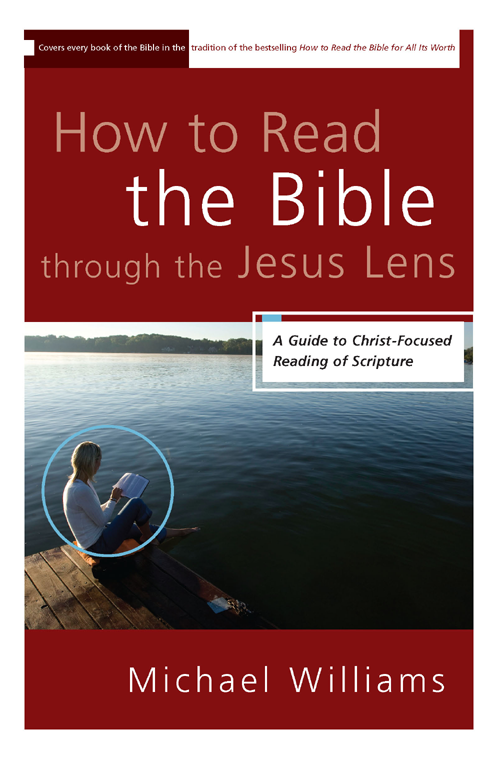

 Theme of the Book
Theme of the Book